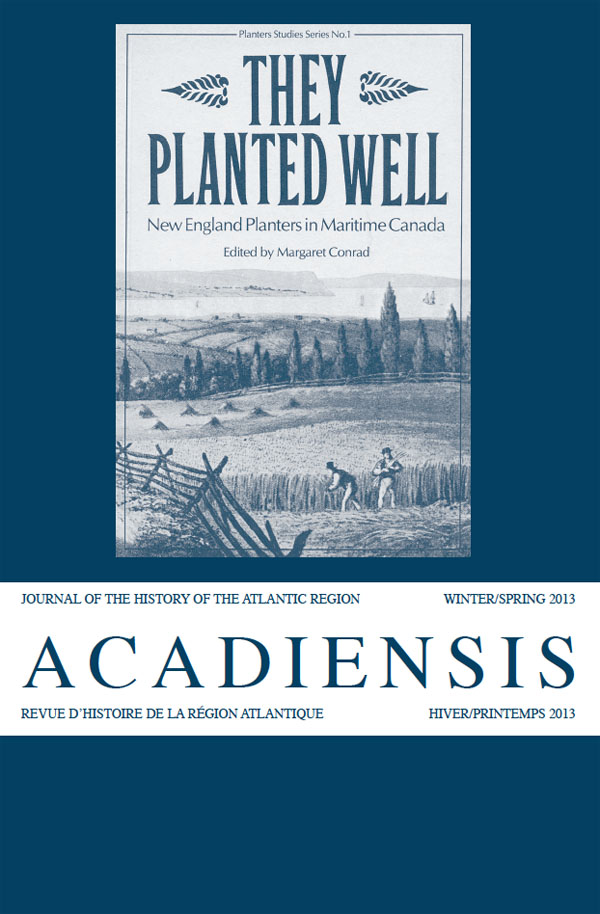Résumé
Le régime d’assurance-maladie, introduit dans les années 1960 comme un programme fédéral-provincial à coûts partagés, était conforme à l’idéologie du programme « Chances égales pour tous » du premier ministre Louis J. Robichaud. Le Nouveau-Brunswick fut l’une des premières provinces canadiennes à appuyer l’adoption de l’assurance-maladie universelle, mais il fut la dernière province à la mettre en œuvre. Cet article examine les négociations fédérales-provinciales entourant le programme d’assurance-maladie en vue de jeter un nouvel éclairage sur la portée du programme « Chances égales » de Robichaud, de réévaluer les dernières années de l’administration Robichaud et d’explorer pourquoi c’est le gouvernement progressiste-conservateur de Richard Hatfield qui fut responsable de la mise en œuvre de l’assurance-maladie au Nouveau-Brunswick.Copyright for articles published in this journal is retained by the author(s), with Acadiensis being granted a non-exclusive licence to each and every right in the work throughout the world. After publication of the work, the author(s) shall have the right to self-archive the work and to reprint the work in whole or in part in books authored by or edited by the author(s) without the payment of any fee. In these other formats, however, the author or authors are required to acknowledge the original publication of the work in the pages of the journal. In the case of any requests to reprint the work, Acadiensis will require a standard permission fee -- to be divided equally between the journal and the author. In the event that such requests are received by the author(s), the author(s) shall direct such requests to the journal.

